The Blob That Cooked the Pacific
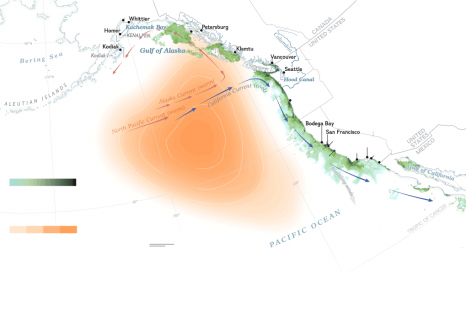
Beginning in late 2013, a bewildering patch of warm water formed in the Gulf of Alaska. A stubborn atmospheric high-pressure system, nicknamed the “Ridiculously Resilient Ridge,” was keeping storms at bay. Just as blowing across hot coffee frees heat, winds usually churn and cool the sea’s surface. Instead, heat within this shifting mass, which University of Washington climatologist Nick Bond dubbed “the blob,” built up and morphed into a wider patch along North America’s West Coast, where it met warm-water masses creeping north. Sea temperatures in some places rose seven degrees Fahrenheit higher than average. Some patches of ocean were hotter than ever recorded. At its peak the warm water covered about 3.5 million square miles from Mexico to Alaska, an area larger than the contiguous United States. Read the story here 10:40



































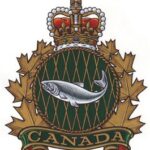





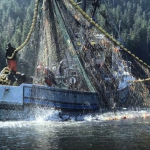

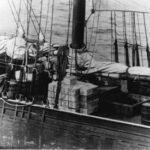
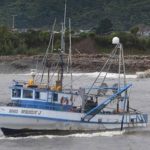



Content only available to subscribers…. thanks Nat Geo.